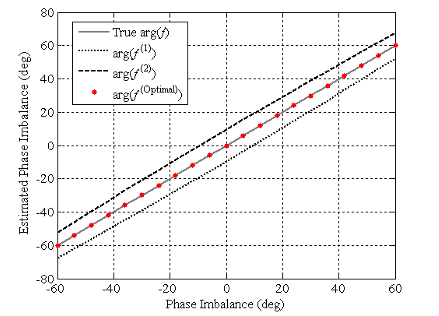




read more











When a polarized electromagnetic wave traverses the ionosphere, its interaction with free electronsand the Earth’s magnetic field leads to rotation of the polarization vector [4], [15].
An SNR of at least 50 dB seems necessary to reduce the phase error in 1 to tolerable levels, which gives some guide to the required size of the passive calibrators, the performance of the active calibrators and the dimensions of the low backscatter background on which they must be positioned.
gridded trihedrals, as used in Scheme 5 have the advantages of providing large beamwidth and giving average polarimetric noise (i.e., the coherent averaging of scattering vectors from different angular positions) less than -30 dB [22].
The authors assume a CTLR mode SAR system that transmits right-circular polarization chirps and receiveslinear (H, V) polarization echoes.
Note that in these simulations the data were corrupted with the maximum values of the radar system errors,i.e. | f | = 1.5 (3.5 dB), arg{f} = /3 (60) and |1| = |2| = 0.1 (-20 dB), |c| = 0.32 (-10 dB), in order to test the proposed algorithms severely.
In contrast, scheme 6’s use of a trihedral and dihedral instead of gridded trihedrals brings the merits of simple construction and little effect from rain, but the narrow beamwidth of the dihedral causes orientation difficulties, and the dihedral suffers from high polarimetric noise due to pointing error [22].